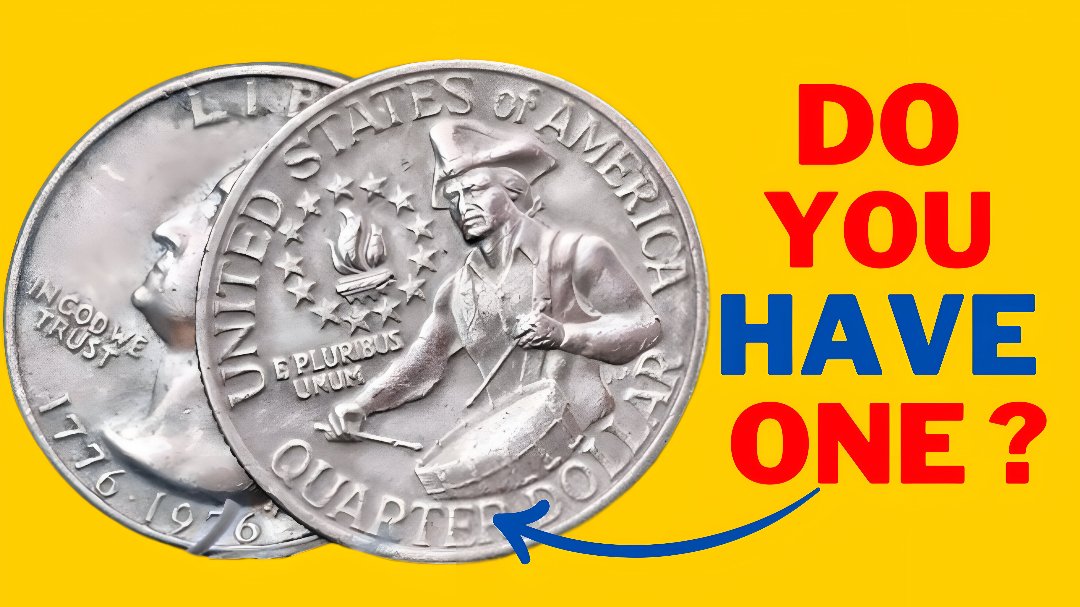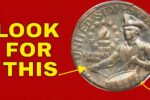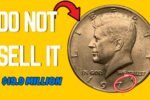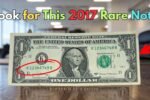The Rare Bicentennial Quarter : This opening introduces the extraordinary reality that a seemingly common 25-cent coin—specifically, a Bicentennial quarter from 1976—could be worth up to $1 million. While most people handle these coins every day without a second thought, some very rare versions of this quarter are still in circulation, hiding in plain sight.
The 1976 Bicentennial Quarter: A Special Coin for a Special Year
The Bicentennial quarter was minted to celebrate the 200th anniversary of American independence. Unlike standard Washington quarters, this version displays the dual date 1776–1976 and a colonial drummer on the reverse instead of the typical eagle. It was the first commemorative quarter released into general circulation, and over 1.6 billion were made.
Why Some Bicentennial Quarters Are Worth a Fortune
While the vast majority of these coins are only worth face value, a tiny fraction have become extremely valuable due to their metal content, error status, or pristine condition. A few were struck in 40% silver, intended only for special collector sets—but some may have been accidentally released into circulation. Others have rare minting errors or are in “mint state” condition (never circulated), making them highly sought-after by collectors.
The $1 Million Bicentennial Quarter: What Makes It So Special?
A select few Bicentennial quarters have fetched astronomical sums at auction. One such coin reportedly sold for nearly $1 million due to a combination of factors: struck in silver, an extremely rare die variety, and near-perfect preservation. It’s not just the coin’s age—it’s the unique characteristics that elevate its worth.
Still Circulating Today: Could You Find One in Your Pocket?
One of the most exciting aspects of this story is that these rare quarters may still be found in circulation. With so many released, it’s entirely possible that a valuable error coin or silver version is tucked away in a change jar, coin roll, or forgotten drawer. Collectors and enthusiasts alike are now on alert, checking every 1976 quarter for signs of hidden value.
How to Spot a Valuable Bicentennial Quarter
To find out if your Bicentennial quarter is special, examine it closely. Look for the “S” mint mark (indicating San Francisco), which is a clue the coin could be a silver proof. Check for minting errors such as double strikes, off-center images, or unusually crisp detail. Weighing the coin (silver versions are heavier) and seeking professional grading can help determine its true value.
The Cultural and Historical Legacy of the Bicentennial Quarter
Beyond its potential monetary value, the Bicentennial quarter represents a pivotal moment in U.S. history. It was created during a nationwide celebration and serves as a reminder of American independence, unity, and artistry. Today, it also stands as a symbol of how ordinary items can carry extraordinary worth—both financially and culturally.
Frequently Asked Questions (FAQs)
Q1: What makes a Bicentennial quarter worth $1 million?
The most valuable Bicentennial quarters are rare combinations of silver composition, mint errors, and high-grade uncirculated condition. These qualities together can drive the value up into the hundreds of thousands—or even a million—at auction.
Q2: How can I tell if my quarter is made of silver?
Check for an “S” mint mark and weigh the coin—silver versions are heavier (about 5.75 grams) compared to standard copper-nickel ones (5.67 grams). A professional grading service can confirm the metal content.
Q3: Are Bicentennial quarters still in circulation?
Yes, many Bicentennial quarters are still used in everyday transactions. While most are common, rare varieties could still be out there—waiting to be discovered.
Q4: What should I do if I think I have a valuable Bicentennial quarter?
Do not clean the coin. Keep it in a safe place and have it professionally graded by services like PCGS or NGC. They can authenticate and assess its value based on condition and rarity.
Q5: Why were Bicentennial quarters so widely produced?
They were part of a national effort to celebrate the 200th anniversary of the U.S. Declaration of Independence. The U.S. Mint wanted as many Americans as possible to encounter and collect them.




